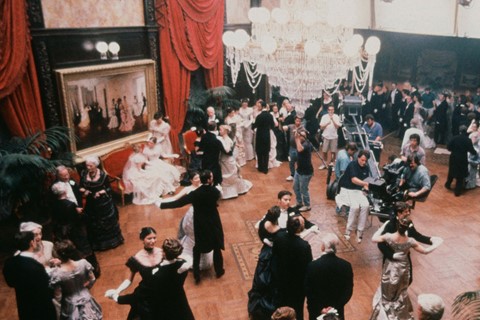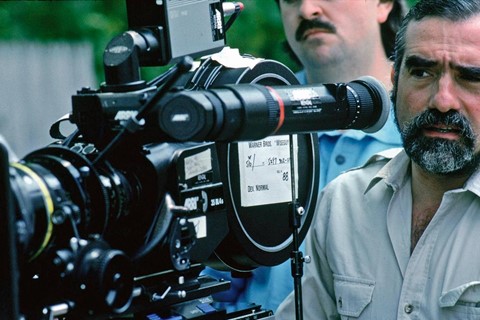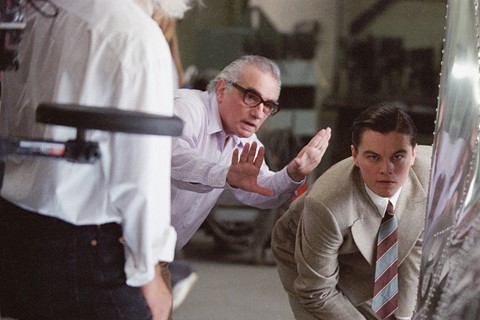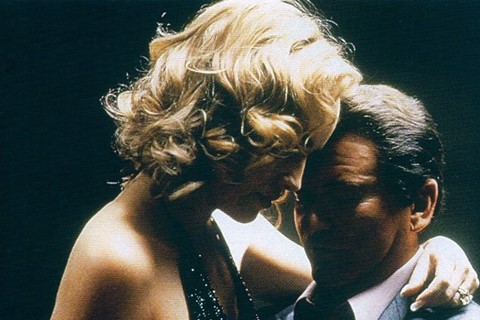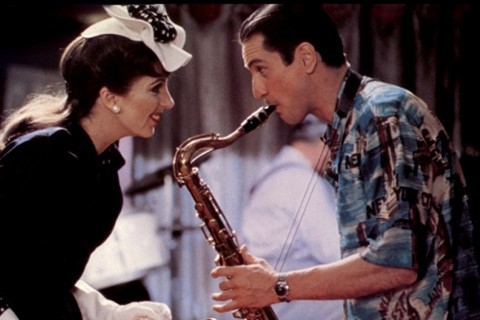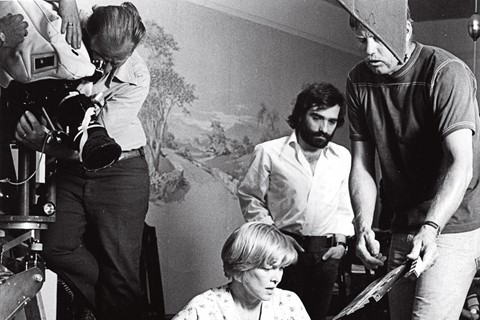We consider the style of our favourite characters brought to life by cinematic legend, Martin Scorsese
Martin Scorsese is a institution within the film industry – a cinematic maverick who revolutionised the Gangster Movie, achieving a fine balance of tender intimacy and subtle expressionism within a gritty milieu of guns, violence and fat ties. From Jack Nicholson’s classic rat scene with Leonardo DiCaprio in The Departed, to the Clown line in Goodfellas, he has carved an instantly recognisable aesthetic that is entirely distinctive within film fashion: Jimmy’s Hawaiian shirt in New York New York, Ray Liotta’s brown leather blazer in Goodfellas, the wall-to-wall Giorgio Armani in The Wolf of Wall Street. His sartorial influence extends beyond the silver screen, cropping up on television in Boardwalk Empire’s impessive assemblage of prohibition dress. Both Scorsese’s parents were in the rag trade, and perhaps it was this early view of clothing in its rawest state which has informed his sartorial sense. So, in celebration of the new book, Scorsese: A Retrospective by Tom Shone, we consider five of our favourite Sorsese fashion moments.
Iris "Easy" Steensma in Taxi Driver, 1976
In the summer of ’76, Jodie Foster championed hot pants, crop tops and floppy hats to play prostitute Iris Steensma in Taxi Driver. Twelve-year-old Foster was advised on her Lolita-esque wardrobe by a real-life prostitute of the same age, who also plays a bit part in the film. Previously, Melanie Griffith was considered for the role, but withdrew due to concerns from her mother. “I spent four hours with a shrink trying to prove I was normal enough to play a hooker. Does that make sense?” Foster later said.
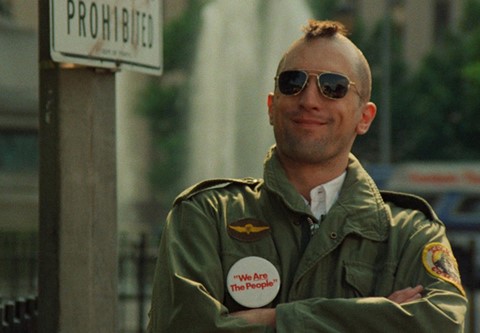
Travis Bickle in Taxi Driver, 1976
Another character in Taxi Driver, and perhaps cinema’s greatest ever anti-hero, Robert De Niro cuts a dark figure as psychopathic misfit Travis Bickle. With a Mohawk, aviator glasses and a surplus utility jacket, stamped with a badge reading “We Are the People,” Bickle cuts an aggressive figure. Yet you are strangely won over by his man-on-the-edge vulnerability, his slow descent from reality and the heartbroken murmur that lingers throughout the film.
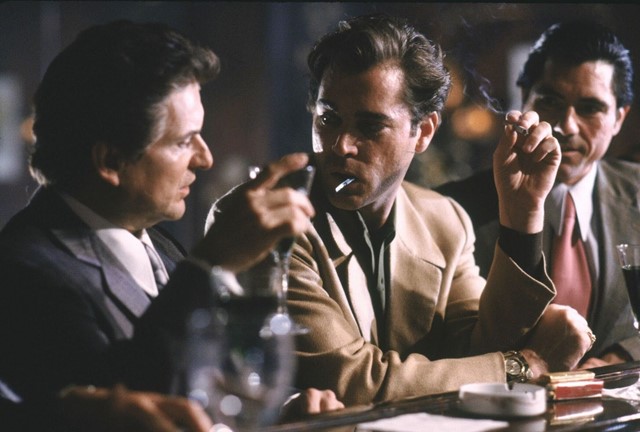
Henry Hill in Goodfellas, 1990
Goodfellas was considered Scorsese’s comeback film, after fighting his own personal demons throughout the 1980s. Not only did it resurrect his on-screen career, it redefined the gangster movie, and is now considered one of the greatest of its time. It won a BAFTA for Richard Bruno’s elaborate costumes featuring wide double-breasted suits, pointed collars and striped shirts, redolent with Italian bravado, as Henry Hill descends into the Mafia underworld.
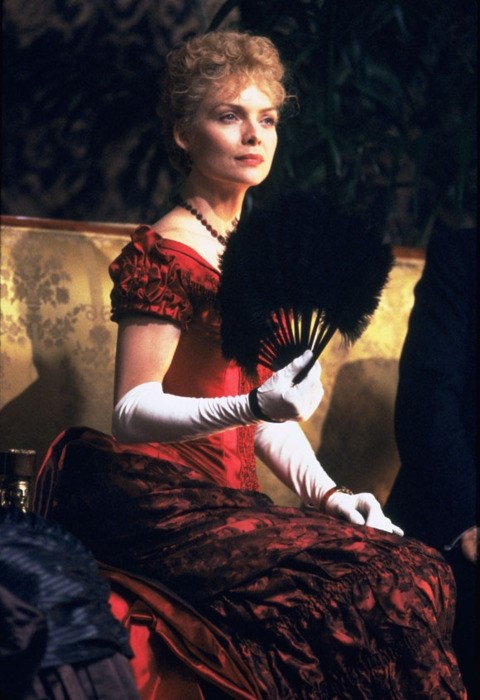
Ellen Olenska in The Age of Innocence, 1993
From Winona Ryder’s bonnets to Michelle Pfeiffer’s rippling, fire hydrant red gown, The Age of Innocence stands out as Scorsese’s finest period drama, abundant with aristocratic elegance, swathed in sadness. Based on Edith Wharton’s romantic tragedy of the same name, it is argued that The Age of Innocence exhibits the same gangster swagger as his mob films, simply hidden under top hats.
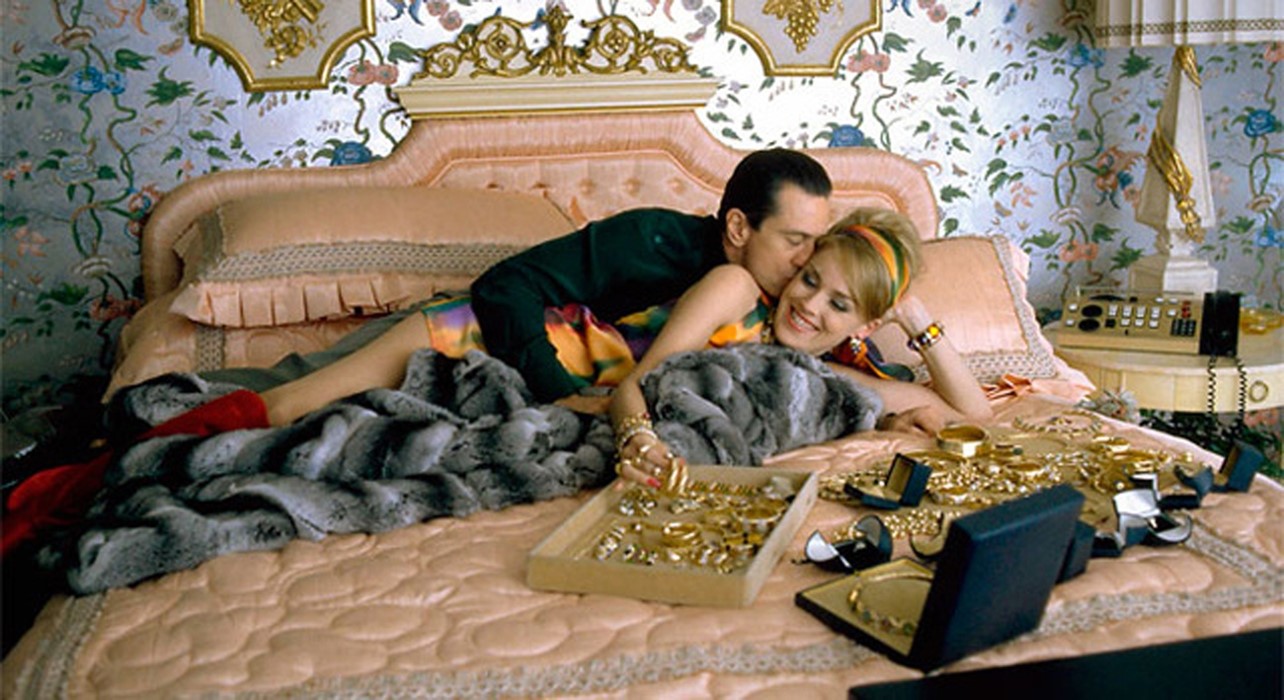
Ginger McKenna in Casino, 1995
Casino encompasses all of the gaudy style and glamour of the high rolling Las Vegas playground. Sharon Stone had 40 costume changes for her role as hustler-cum-villain Ginger McKenna, ranging from chinchilla coats and lashings of diamonds to 1970s neon-striped dresses and matching headbands. Robert De Niro enjoyed 52 changes: a plethora of blinding suits, white socks and turquoise alligator loafers, based on a "toned-down version" of the wardrobe of real-life gambler Frank Lawrence "Lefty" Rosenthal.
Scorsese: A Retrospective by Tom Shone is out now, published by Thames & Hudson.
Words by Mhairi Graham

